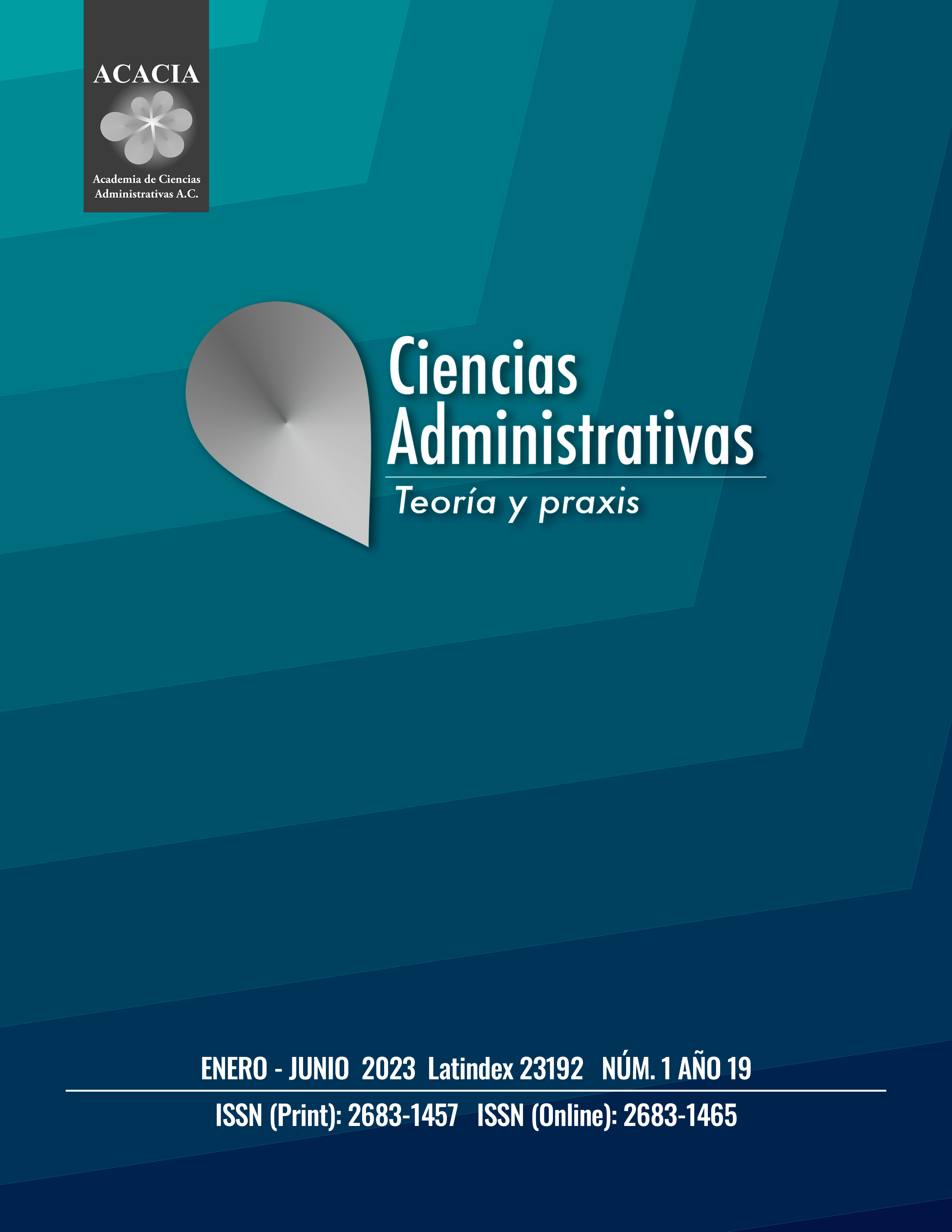Capital Structure Management in the economic crisis of COVID-19: the case of non-financial companies included in the CPI
DOI:
https://doi.org/10.46443/catyp.v19i1.318Keywords:
Capital structure, Economic crisis, Covid-19Abstract
The purpose of this paper is to analyze the Capital Structure (CE) management strategies followed by non-financial companies included in the CPI during the Covid-19 economic crisis. We classify companies by operations in different geographic locations. Then, we use a random and fixed effects regression analysis to estimate the CE requirements of different companies, by region, to understand the strategies implemented. The study was carried out for the period 2018t1-2020t2, for which we have available data, but also comparative data for normal times (2018t1-2019t4) vs. Covid-19 times (2020t1-2020t2). The contribution is to describe CE management practices in Mexico, due to the lack of studies of this type, but also to analyze these practices in periods of economic crisis, where working capital is usually high. The conclusion is that CE management is related to tangibility, size, GDP growth, sales growth, profit margin, and risk and liquidity.

Published
How to Cite
Issue
Section
License

This work is licensed under a Creative Commons Attribution-NonCommercial-NoDerivatives 4.0 International License.















